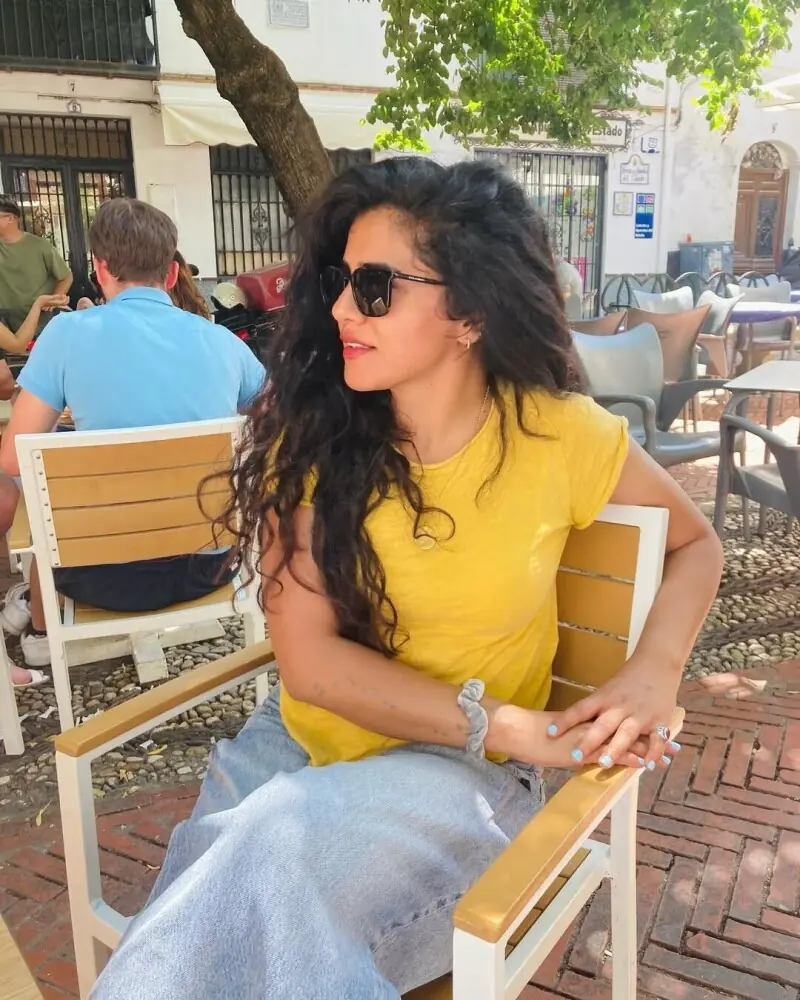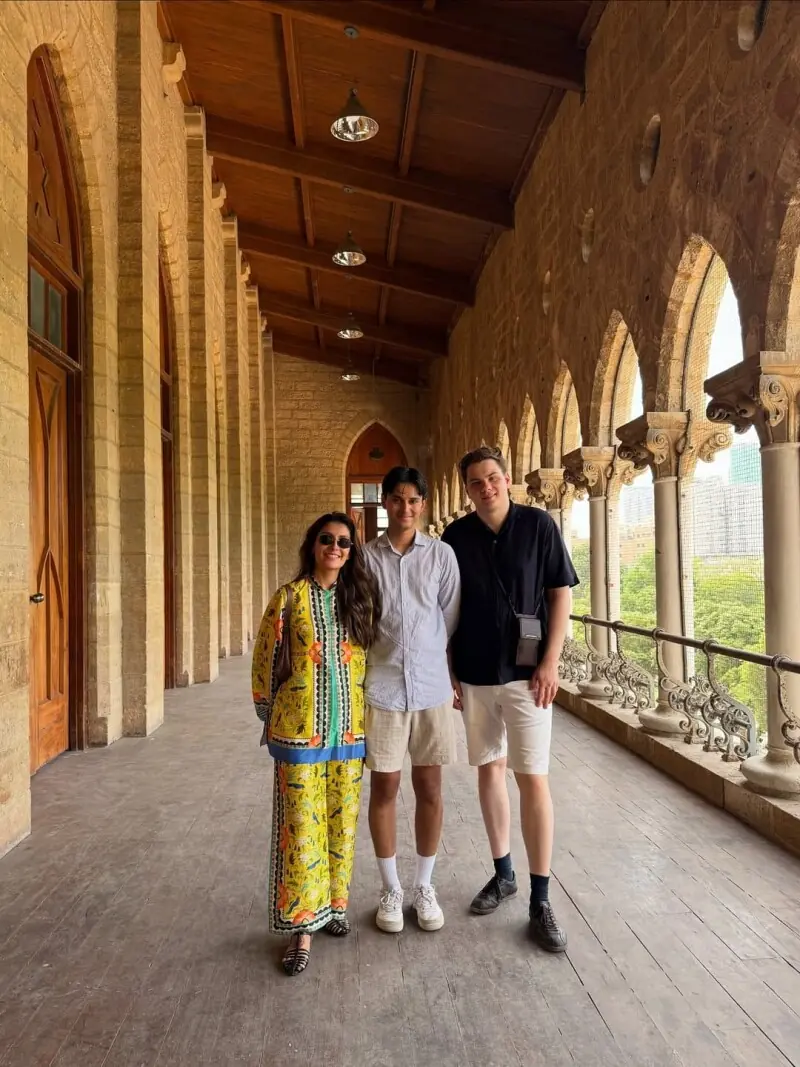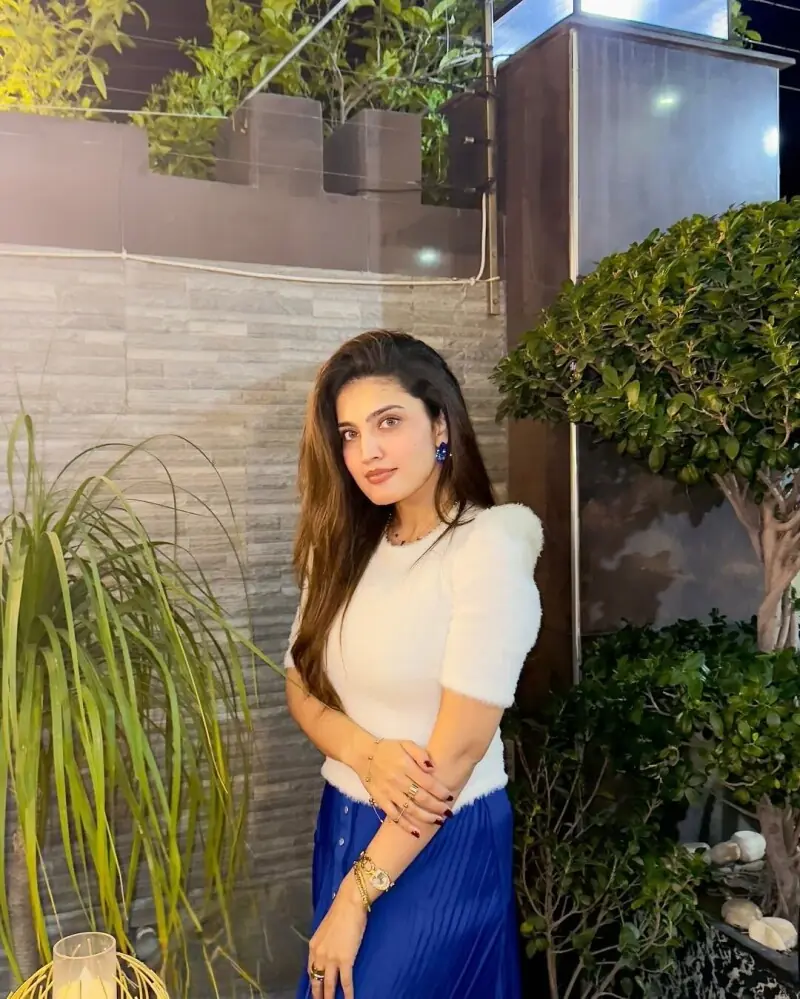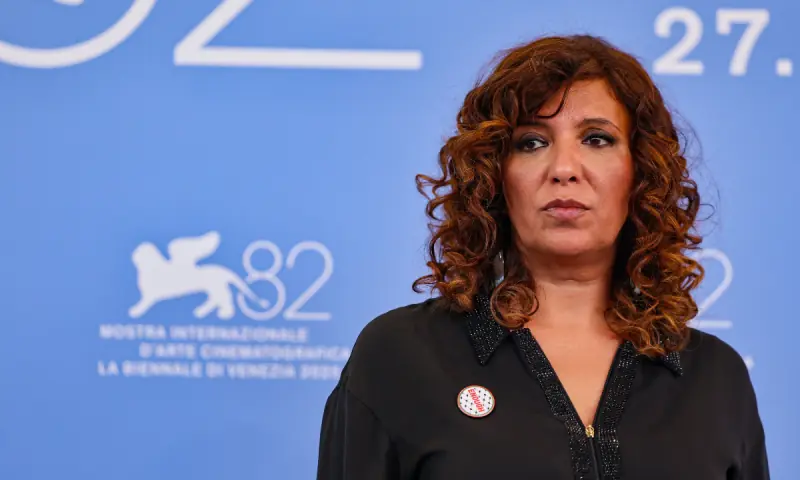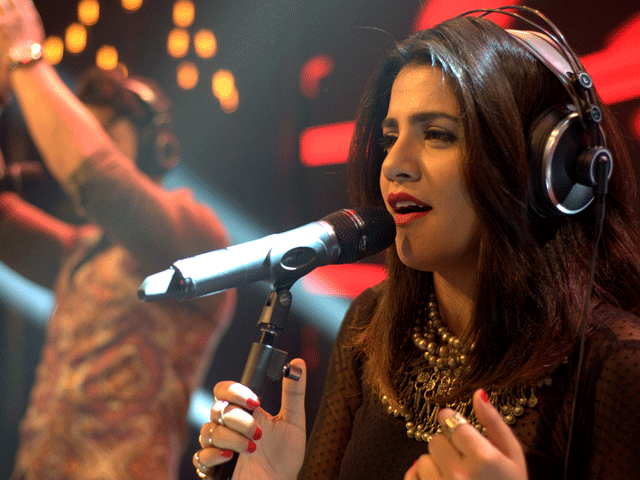Sadequain did not sign 90 per cent of his work, says his nephew
In December last year, one of iconic artist Sadequain’s nephews Salman Ahmed, who lives in the US and runs a foundation in the artist’s name, visited the Anjuman Taraqqi-i-Urdu office.
During his interaction with the audience someone sought his views on the fake Sadequain’s artworks that are available in the market. He answered that the issue existed ever since art came into being, which implied that there are forged versions of the artist’s works, but denied that his organisation was involved in it.
It remains a question as to how come after his death in 1987 a plethora of his sketches and drawings have suddenly become readily seeable (and in some cases buyable) since whenever some art galleries (and there are plenty these days) do a masters’ retrospective they put on display Sadequain’s artworks.
It is against this backdrop that an exhibition of ‘unseen works from 1942-1986’ titled Intimate Moments from a private collection of another nephew of the artist Sultan Ahmed Naqvi (brother of Salman) which opened to the public on Monday at a local hotel assumes importance. In the evening, a preview of the show for a select audience and the launch of a book Cobweb World of Sadequain was held.
Speaking on the occasion Sultan Ahmed said the display, in collaboration with the hotel where the show has been arranged, carried works from 1942 to 1986. The first of them, he said, was made in Amroha and the last was done in August 1986, a few months prior to his passing away. He said most of them were portraits, 22 of which were portraits of members of his family. He said the artworks were with him as part of his uncle’s legacy.
Mr Naqvi’s son Sibtain Naqvi spoke on the kinds of artists that existed in history and claimed that Sadequain was one who wanted to paint for the poor. He said the effort was to bring Sadequain from the drawing rooms into the public domain. He also narrated a story from his childhood, describing how the artist used to work, and on one occasion sought his (Sibtain’s) sister assistance to keep an eye on his cigarette pack while he drew.

After the speeches the exhibition was opened for art lovers to see. There were a variety of exhibits. One of them was a self-portrait in which the artist is seen in a familiar posture with fingers of a hand looking less crooked than they usually are. The most interesting piece in terms of content is ‘Ghalib smoking a hookah’. The poet’s wide eyes seem to tell a story that the paraphernalia around him doesn’t.
Talking to Dawn Mr Sultan Naqvi said: “In 1990 someone opened a gallery where they showed Sadequain’s works. Ninety per cent of them were fake. I have been with my uncle for a long time, I can tell what’s fake and what’s not. As far as Salman’s comment is concerned, I cannot respond to it right now.
“As for how to recognise a fake Sadequain, I would say one must see the period in which that artwork was made. Also, 90 per cent of his artworks were not signed. The first thing that the forger does is to sign a fake piece. If you can find a painting of a certain period, try and look for the sign that he has done on it. Globally, the technique that’s used to find out whether a work of art is not genuine is carbon dating,” said Mr Naqvi.
Originally published in Dawn, May 17th, 2016





